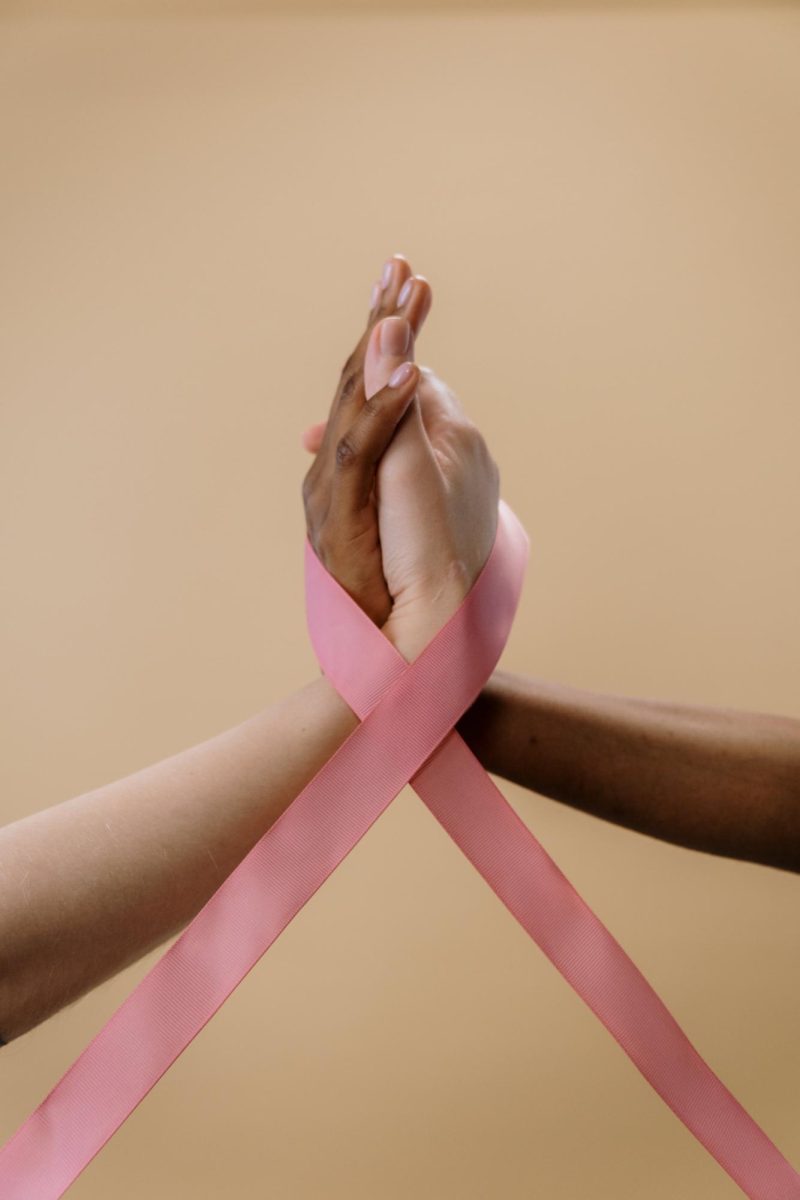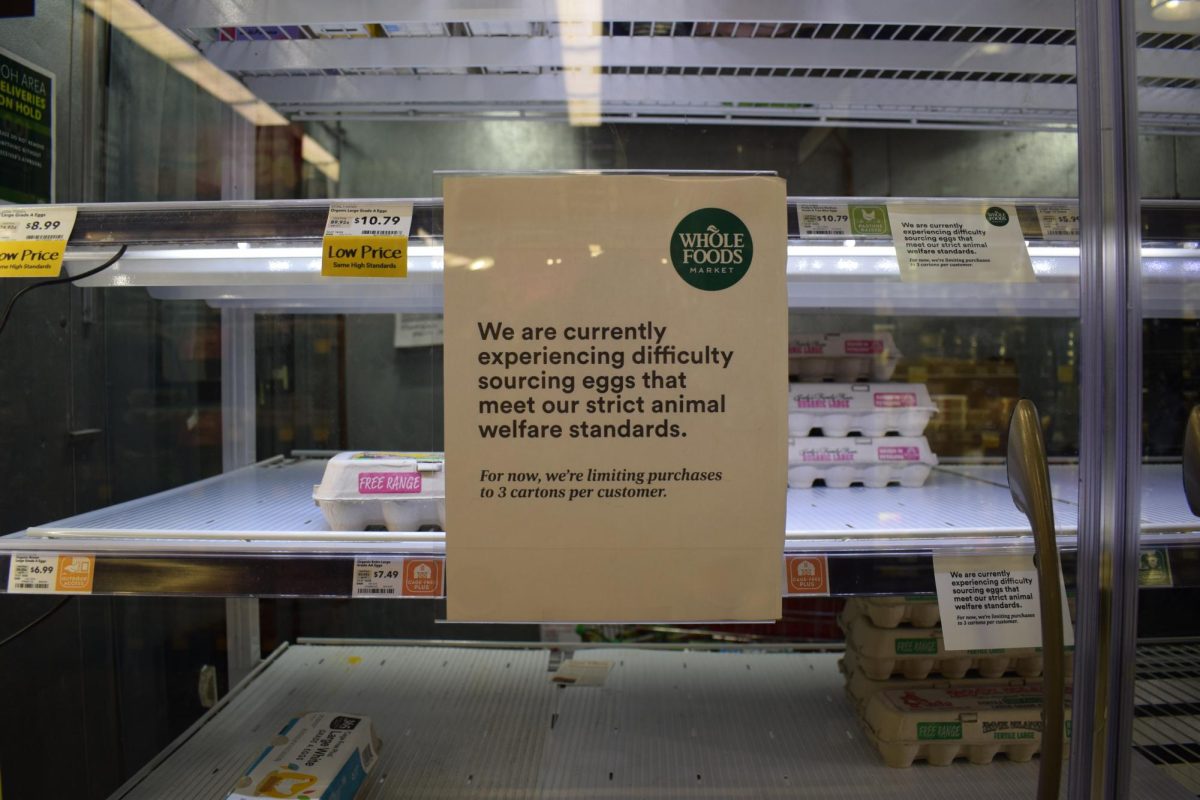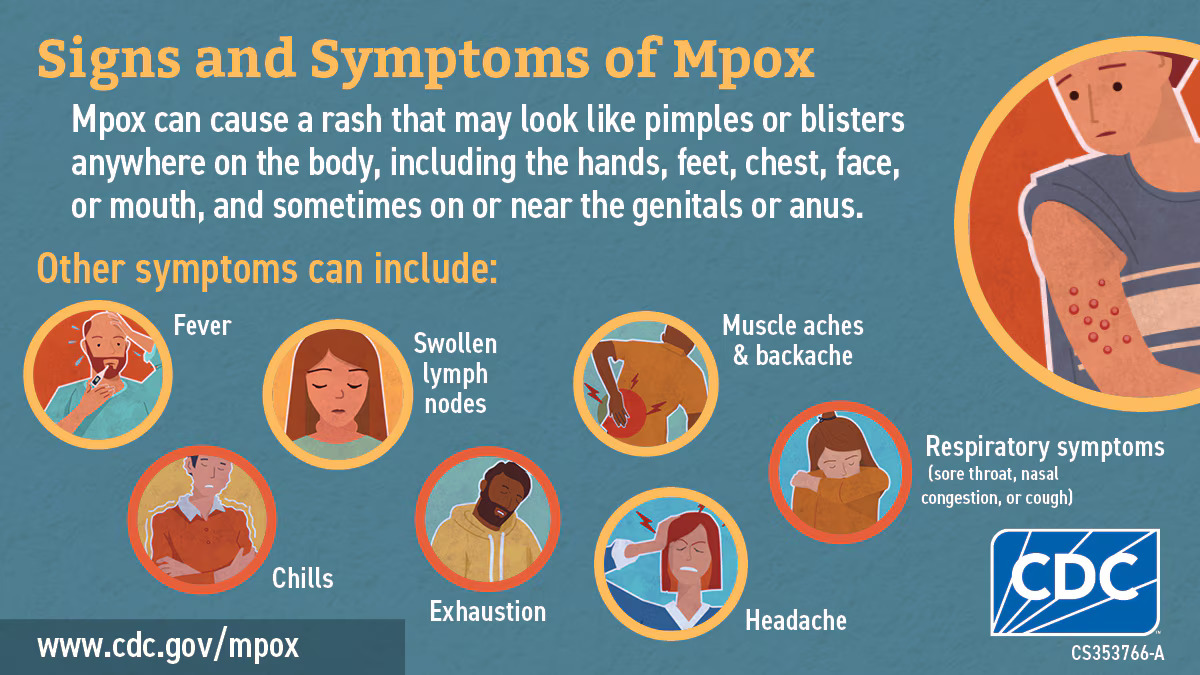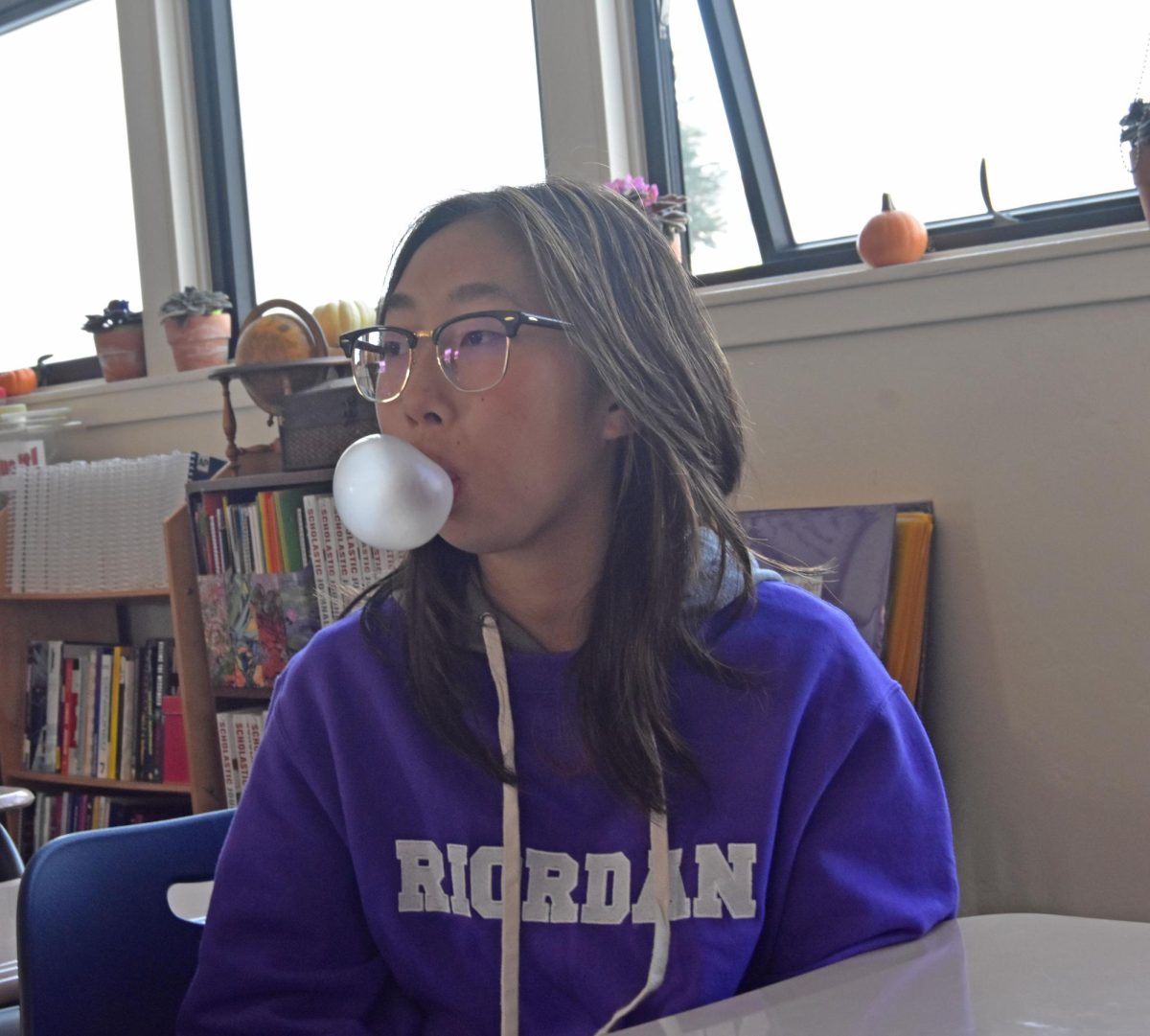Each year in the US, 13 in 100,000 women are diagnosed with Triple-Negative Breast Cancer (TNBC). However, thanks to working developments on a new treatment, the rate of TNBC might lower at a significant rate by 2028.
TNBC has been marked as the most aggressive and deadly of all breast cancers, with a survival rate ranging from 12 to 77 percent. This notoriously hard-to-treat cancer most commonly attacks women on the younger side. Symptoms include breast swelling, nipple retraction and pain, and skin abnormalities.
While the outlook may seem dim, the Cleveland Clinic is working on a vaccine to reduce the occurrence of TNBC. Researcher Dr. Tuohy discovered a protein, a-lactalbumin, in 70 percent of these cancer cases, pointed as a leading cause of TNBC. For the past two decades, they’ve developed a sample of a-lactalbumin and paired it with an adjuvant to reinforce the body.
“To me, it seems like this treatment could really work. Multiple scientists have made an effort to test the adjuvant, making sure it’s safe to give to women with TNBC,” said Mikayla Cheng ’26, a student of the Biomed Program.
The medical auxiliary would assist white blood cells (T-cells) attacking a-lactalbumin, building a better immune system. In the case that a-lactalbumin occurs within the breasts, the T-cells would be able to preemptively strike and remove the chance of a growing tumor.
Animal trials had been in use beforehand, but researchers felt it was time to move to the next stage. In early September 2023, the first human trial was conducted, giving the vaccine to a surviving woman of TNBC. Currently, no complications have been of notice.
Within the next five years, the vaccine is expected to be made available to the public. And with the current success of the vaccination trials, researchers believe that this vaccine can prevent other forms of breast cancer as well.
Karen McDermott, teacher of the Biomedical Sciences class, said, “My current research of the Cleveland Clinic has brought a sense of optimism and in other words, a ray of hope’ about the future of cancer treatment.”







